Ultimate Guide About Fibre Optic Cables
In today’s fast-paced and interconnected world, the seamless transmission of data is crucial for various industries and daily activities. From high-speed internet connections to advanced medical procedures, data transmission plays a vital role in shaping our modern society. One technology that has revolutionized data transmission is fibre optic cables. In this comprehensive guide, we will delve into the world of fibre optic cables, exploring their composition, working principles, advantages over traditional copper cables, and diverse applications across industries.
I. What Are Fibre Optic Cables?
Fibre optic cables are advanced communication cables designed to transmit data using light signals. They consist of thin strands of optically pure glass or plastic fibres that act as a conduit for transmitting data over long distances. These fibres have a core, which carries the light signals, surrounded by a cladding that reflects the light back into the core. This unique construction allows for the efficient and rapid transmission of data.
Fibre optic cables are available in two main types: single-mode and multi-mode.
Single-mode fibres have a narrow core, enabling the transmission of a single beam of light for long distances with minimal signal loss. Multi-mode fibres, on the other hand, have a larger core that supports the transmission of multiple beams of light over shorter distances. The choice between single-mode and multi-mode fibres depends on the specific requirements of the application.
Compared to traditional copper cables, fibre optic cables offer numerous advantages. They have a much higher bandwidth, allowing for the transmission of large amounts of data at incredible speeds. Fibre optic cables are also immune to electromagnetic interference, ensuring a stable and reliable connection. Furthermore, they can transmit data over longer distances without signal degradation and are resistant to environmental factors such as temperature, moisture, and chemicals.
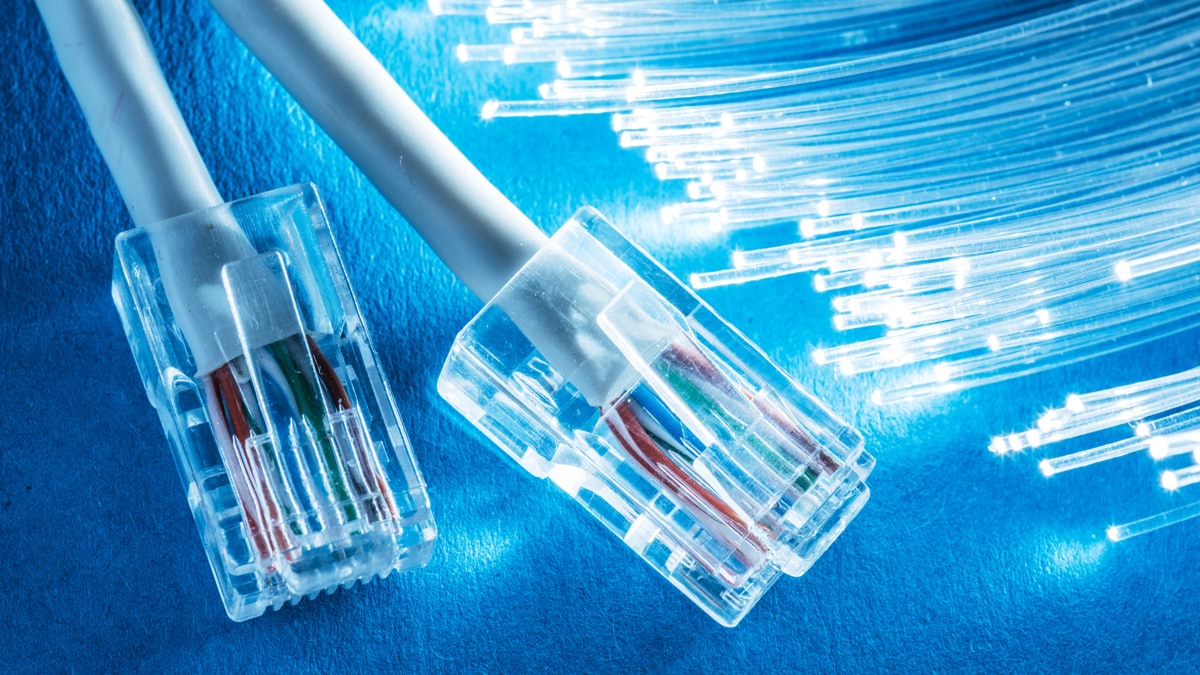
II. How Do Fibre Optic Cables Work?
Fibre optic cables operate on the principle of total internal reflection, which ensures that light signals remain confined within the core of the cable. The core of the fibre optic cable has a higher refractive index than the cladding, which causes the light signals to bounce off the cladding instead of escaping. As a result, the light signals travel along the fibre optic cable, maintaining their integrity and ensuring efficient data transmission.
A typical fibre optic cable system consists of several components. At one end, a transmitter converts electrical signals into optical signals using a light source such as a laser or an LED. These optical signals are then injected into the fibre optic cable. On the receiving end, a receiver detects the light signals and converts them back into electrical signals for further processing.
The journey of light signals through fibre optic cables is facilitated by the cladding and core. The core acts as a waveguide, keeping the light signals confined and guiding them along the cable. The cladding, with its lower refractive index, ensures that the light signals are reflected back into the core, preventing signal loss.
For long-distance transmission, repeaters or amplifiers are used along the fibre optic cable to boost the strength of the light signals. These devices amplify the optical signals, compensating for any loss of signal strength that may occur during transmission.
III. Advantages of Fibre Optic Cables
Fibre optic cables offer numerous advantages over traditional copper cables, making them the preferred choice for data transmission in various industries.
High Bandwidth and Data Transfer Rates: Fibre optic cables provide significantly higher bandwidth capabilities compared to copper cables. They can transmit data at speeds of several terabits per second, allowing for faster downloads, uploads, and streaming of large multimedia files.
Immunity to Electromagnetic Interference: Unlike copper cables, fibre optic cables are immune to electromagnetic interference. This makes them highly reliable and suitable for environments with high levels of electrical noise, such as industrial settings.
Longer Transmission Distances without Signal Degradation: Fibre optic cables can transmit data over much longer distances without experiencing signal loss or degradation. Single-mode fibres, in particular, can transmit data over distances spanning tens of kilometers without the need for repeaters.
Secure Data Transmission: Fibre optic cables provide enhanced security for data transmission. Unlike copper cables, which can be easily tapped into, fibre optic cables are difficult to tap without detection. This makes them an ideal choice for transmitting sensitive and confidential information.
Resistance to Environmental Factors: Fibre optic cables are highly resistant to environmental factors that can affect signal quality. They are immune to temperature fluctuations, moisture, and chemicals, ensuring reliable performance even in harsh conditions.
These advantages make fibre optic cables indispensable in various industries that rely on fast, secure, and reliable data transmission.

IV. Applications of Fibre Optic Cables
Fibre optic cables find applications in a wide range of industries, enabling advanced technologies and enhancing communication networks. Let’s explore some key areas where fibre optic cables are extensively used:
Telecommunications: Fibre optic cables are the backbone of modern telecommunications networks. They enable high-speed internet connections, long-distance phone calls, and cable television services. Fibre optic cables provide the bandwidth needed to support the ever-increasing demand for data transmission.
Data Centers: Data centers rely on fibre optic cables for efficient and reliable data transmission between servers and storage systems. The high bandwidth and low latency of fibre optic cables ensure fast and seamless access to data, critical for cloud computing, virtualization, and big data applications.
Medical Field: Fibre optic cables play a crucial role in the medical field, facilitating high-resolution imaging techniques such as endoscopy and microscopy. They enable minimally invasive surgeries by transmitting images from inside the body to external monitors. Fibre optic cables are also used in diagnostic equipment, providing accurate and real-time data transmission for patient monitoring.
Aerospace and Defense: The aerospace and defense sectors rely on secure and real-time communication systems. Fibre optic cables offer secure data transmission, making them ideal for military applications, satellite communication, and aircraft avionics. They are also used in surveillance systems and remotely piloted vehicles.
Industrial Sector: In industrial settings, fibre optic cables are used for remote monitoring, automation, and control systems. They enable real-time monitoring of production processes, facilitating predictive maintenance and optimizing operational efficiency. Fibre optic cables are also used in critical infrastructure such as power grids, oil and gas pipelines, and transportation networks.
Research and Education: Fibre optic cables play a vital role in research and education, supporting high-performance computing and advanced scientific experiments. They enable fast data transfer between research facilities, universities, and laboratories, facilitating collaboration and knowledge sharing.
These are just a few examples of the wide-ranging applications of fibre optic cables across industries. Their versatility and reliability have made them an essential component in our modern technological landscape.
The future of fibre optic cable technology holds exciting possibilities and advancements. Here are some emerging trends that will shape the future of fibre optic cables:
Increased Bandwidth Capabilities: Ongoing research and development efforts are focused on further enhancing the bandwidth capabilities of fibre optic cables. Advancements in optical fibre technology, including the development of new materials and manufacturing techniques, will enable even faster data transmission rates.
Integration in 5G Networks and IoT: As the world transitions to 5G networks and the Internet of Things (IoT), fibre optic cables will play a pivotal role in supporting the massive connectivity requirements. The high bandwidth and low latency of fibre optic cables will ensure seamless communication between a vast number of devices and enable the realization of smart cities, autonomous vehicles, and connected homes.
Bend-Insensitive and Hollow-Core Fibres: Researchers are exploring the development of bend-insensitive fibres, which are less prone to signal loss when bent or twisted. These fibres will enhance the flexibility and durability of fibre optic cable installations, allowing for easier deployment in various environments. Additionally, hollow-core fibres are being developed to reduce signal distortions caused by interactions with the fibre material, further improving transmission performance.
Integration in Smart Homes, Cities, and Transportation Systems: Fibre optic cables will become integral to the infrastructure of smart homes, smart cities, and transportation systems. They will provide the high-speed connectivity required for smart devices, intelligent transportation networks, and real-time monitoring and control systems.
These future trends and developments in fibre optic cable technology will have a significant impact on various industries, enabling faster and more reliable data transmission, supporting innovative applications, and driving technological advancements.
Fibre optic cables have revolutionized data transmission, offering high-speed, reliable, and secure connectivity in our modern world. Through their unique composition and working principles, fibre optic cables enable the rapid transmission of vast amounts of data over long distances without signal degradation. They outperform traditional copper cables in terms of bandwidth, immunity to interference, and resistance to environmental factors.
Fibre optic cables find applications across industries, including telecommunications, data centers, medical field, aerospace and defense, industrial sector, and research and education. Their versatility and reliability have transformed the way we communicate, collaborate, and conduct business.
As technology continues to advance, fibre optic cable technology is poised for further developments. Increased bandwidth capabilities, integration in 5G networks and IoT, advancements in fibre materials, and integration in smart infrastructure are some of the exciting trends to look forward to.
In conclusion, fibre optic cables are the backbone of our interconnected world, enabling faster, more reliable, and secure data transmission. They have become a vital component in various industries and will continue to drive innovation and shape the future of communication and connectivity.

FAQ's
Yes, Fibre Optic Cables have the potential for future upgrades. By using advanced modulation techniques and optical equipment, existing fiber infrastructure can support higher data rates without the need for cable replacement.
Fibre optic cables are immune to electromagnetic interference, making them ideal for environments with high EMI, such as industrial settings or areas with heavy electrical equipment.
Fibre optic cables are tested using specialized equipment like optical time-domain reflectometers (OTDRs) to measure signal loss and detect faults. Regular inspections and connector cleaning help maintain their performance.
Common types of fibre optic connectors include SC (Subscriber Connector), LC (Lucent Connector), ST (Straight Tip), and MTP/MPO (Multifibre Push-On/Pull-Off) connectors, each suitable for specific applications and environments.
Chimera fibre optic cables provide high bandwidth, fast data transmission, and enhanced performance, making them suitable for demanding applications where reliable and efficient connectivity is essential.
Fibre optic cables offer advantages such as higher bandwidth, faster data transmission, immunity to electromagnetic interference, longer transmission distances, and thinner and lighter cables compared to traditional copper cables.
Yes, fibre optic cables are ideal for long-distance communication due to their low signal attenuation, making them suitable for transmitting data over thousands of kilometers without significant loss.
Fibre optic cables are generally unaffected by weather conditions like rain, snow, or temperature variations. Their dielectric nature makes them resistant to environmental factors.
Fibre optic cables have a long lifespan, typically ranging from 20 to 30 years or more, making them a durable and reliable choice for long-term network infrastructure.
Fibre optic cables are tested for performance using equipment such as optical power meters and optical spectrum analyzers to measure signal strength, attenuation, and other parameters.

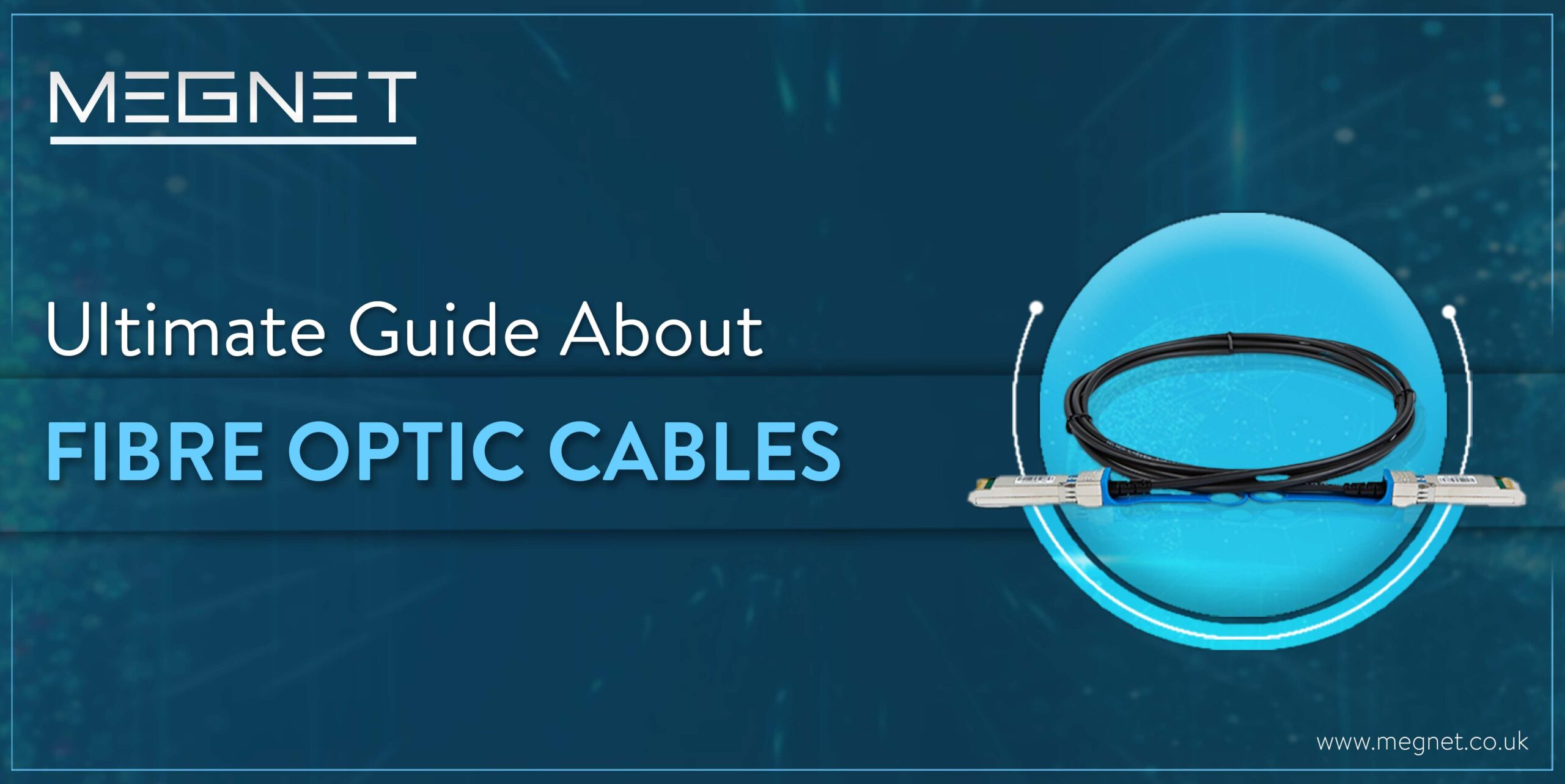
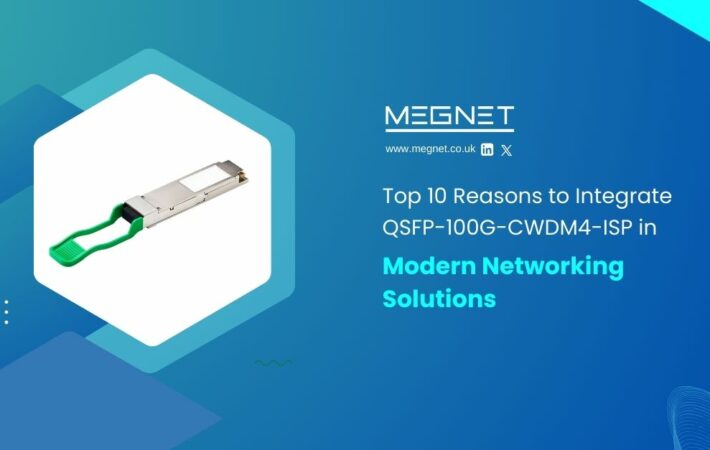
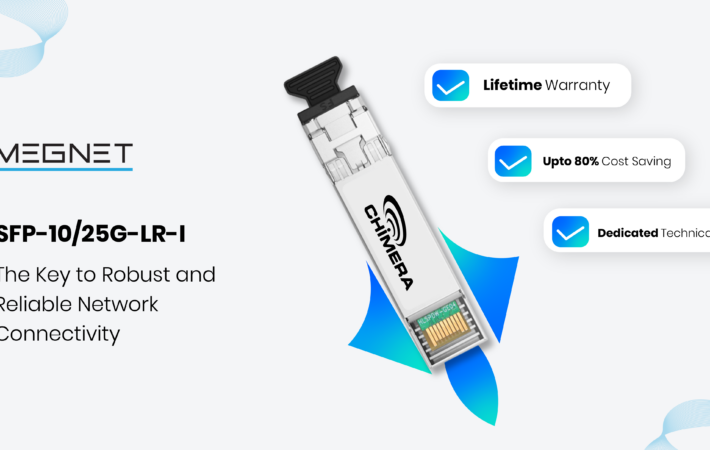
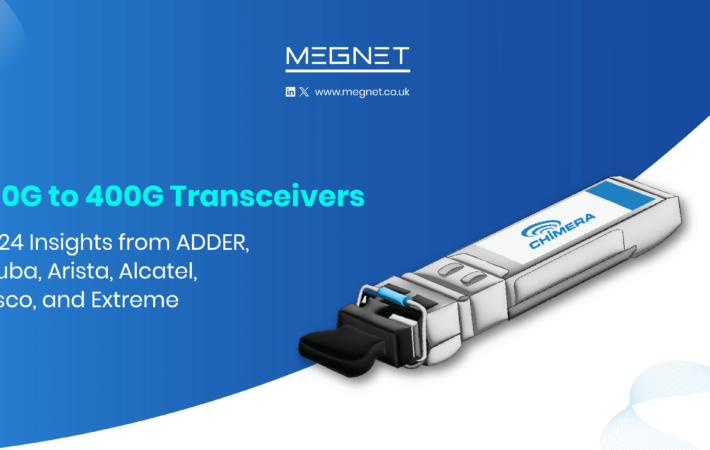




Leave a comment
Your email address will not be published. Required fields are marked *